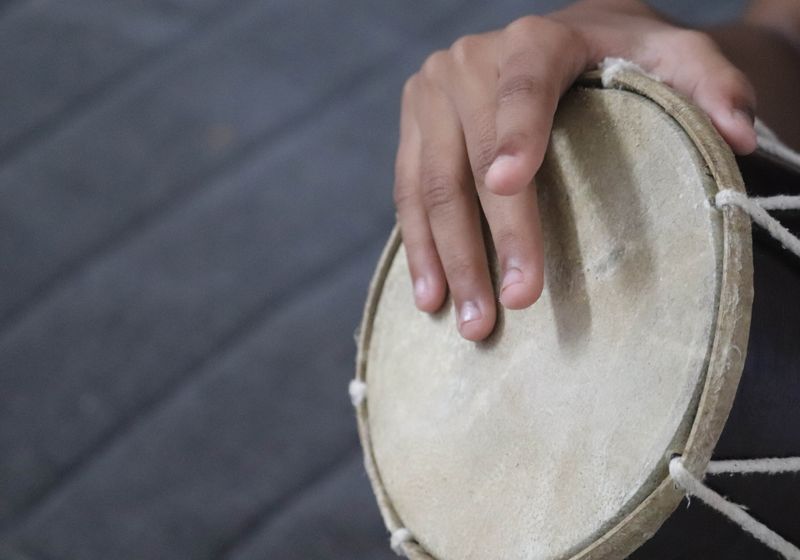Rhythmic stimuli presented to the ears, instead of the fingertips, help the brain synchronize to a musical beat.
Humans have an inherent ability to coordinate their movement to music—it’s no surprise that song and dance are so deeply embedded across cultures. But how does the type of stimulus, for example, whether it’s sound or touch, affect people’s ability to stay in rhythm?
Recently, neuroscientists discovered that sound is better than touch when it comes to helping people keep the beat.1 Their findings, published in the Journal of Neuroscience, revealed that the different senses may not play equal roles in people’s ability synchronize to rhythms.
Beat or rhythm refers to repeated, periodic pulses in music. Although this recurring pattern may not always be obvious, human brains have an extraordinary ability to pick it up. A recent study using electroencephalography (EEG), an approach in which scientists record brainwaves by placing electrodes on the scalp, showed that people could even fill in missing beats when the music stopped.2
When people listen to music, their brainwaves synchronize to the beat, which is how they perceive rhythm. The root of many people’s inclination to bop their heads or tap their fingers and toes to this perceived rhythm lies in the crosstalk between the auditory and motor processing pathways in the brain.
Cédric Lenoir, a neuroscientist at the Catholic University of Louvain, wondered if the sense of hearing is unique in its ability to mediate reception and response to rhythm.
In the present study, Lenoir and his colleagues recruited 45 healthy adults; 37 self-identified as non-musicians and eight were amateur musicians. The researchers presented them with minute-long rhythmic sequences either to their ears via headphones (acoustic) or to their fingertips using a piezo-electric probe (tactile). All participants received both types of stimulation.
For each kind of stimulus, the researchers recorded the study participants’ brainwaves using EEG 12 times and their finger tapping behavior using a custom-built piece of equipment, called a tapping box, which generated a signal for each tap, five times.
The EEG results revealed that the brain responded to acoustic rhythm with low-frequency brainwaves with periodic patterns that matched the beat. On the other hand, tactile rhythm produced brainwaves across a wider range of frequencies with a less distinct beat representation. Similarly, the tapping box data indicated that participants tapped more steadily to acoustic than tactile stimuli, indicating the importance of hearing in mediating people’s responses to rhythm.
“Future research will help clarify whether long-term music practice can strengthen the brain’s ability to process rhythm through other senses, or whether sensory loss, such as hearing impairment, might allow the sense of touch to take over part of this function,” said Lenoir in a statement.

